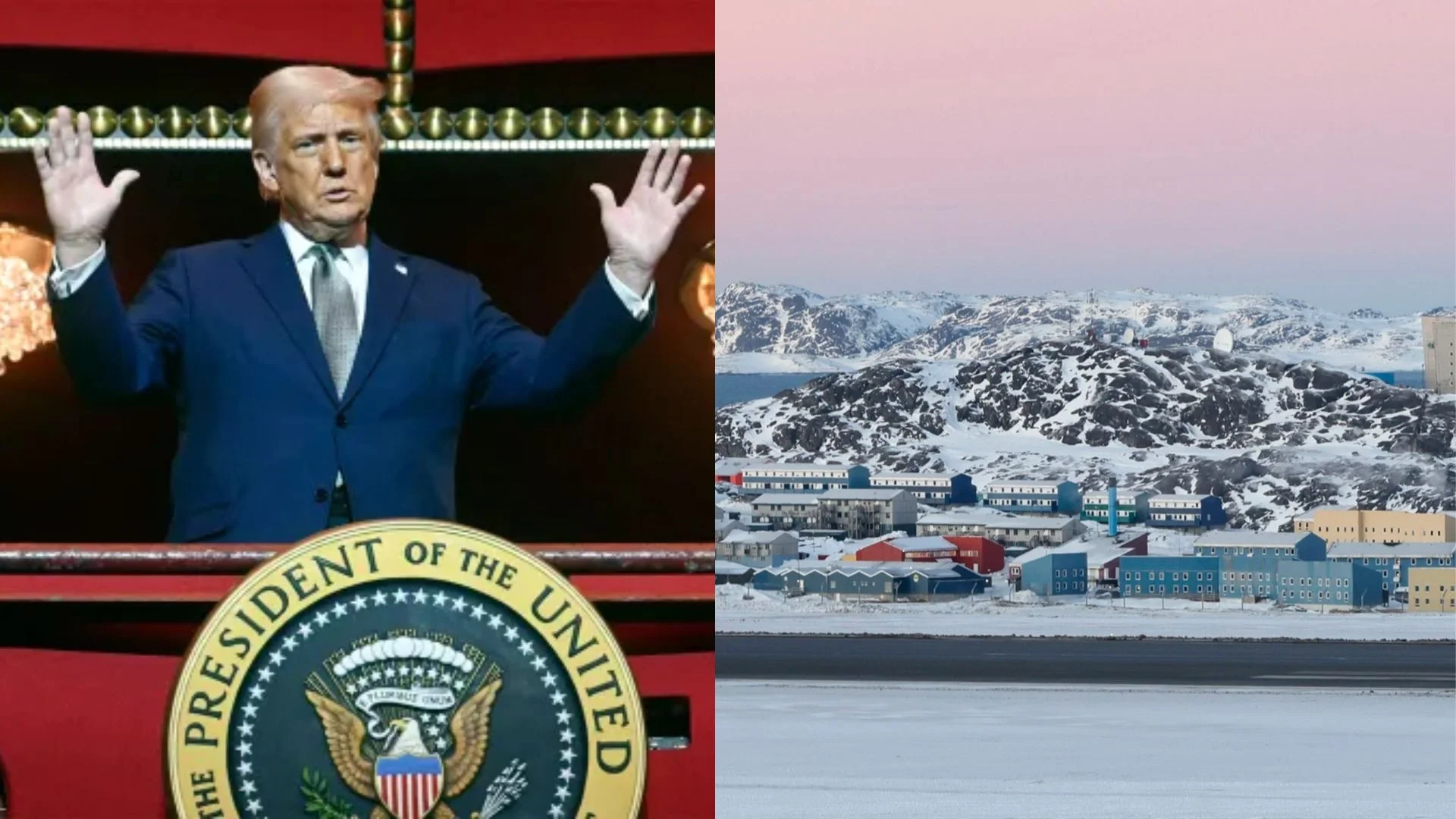Under the leadership of Prime Minister Narendra Modi, India has embarked on a transformative journey in its defense strategy, marked by the “Agnipath” reforms that signify a paradigm shift in the nation’s military architecture.
Establishment of Chief of Defence Staff (CDS)
The creation of the Chief of Defence Staff (CDS) position in December 2019 marked a pivotal moment in India’s defense structure. General Bipin Rawat’s appointment as the first CDS ushered in an era of strategic coordination and joint decision-making across the armed forces.
Department of Military Affairs
A cornerstone of the reforms was the establishment of the Department of Military Affairs, a unique initiative aimed at streamlining bureaucratic processes and empowering the CDS on critical defense matters. This departmental framework has brought greater efficiency and cohesion to defense planning and execution.
Theaterisation and Joint Theatre Commands
One of the most significant aspects of the reforms is the concept of theaterisation, which involves integrating Army, Navy, and Air Force units under unified command structures. This move towards joint theatre commands signifies a strategic realignment aimed at enhancing operational effectiveness and synergy among the armed forces.
Response to Controversies
Recent controversies, such as the misinformation surrounding financial assistance to martyrs’ families, have showcased the robustness of the Agnipath scheme and the government’s unwavering support for its armed forces personnel. Clear communication and comprehensive support mechanisms have underscored the commitment to honoring sacrifices and ensuring the well-being of military families.
Future Outlook and Strategic Implications
As India continues its defense modernization journey, guided by PM Modi’s vision of “India First,” the reforms initiated under Agnipath are set to shape the nation’s security landscape for years to come. The evolution towards joint theatre commands and enhanced military capabilities reflects a forward-looking approach anchored in strategic foresight and national security imperatives.
The Agnipath reforms under PM Modi’s leadership herald a new era of strategic defense for India, characterized by inter-services coordination, operational synergy, and a relentless focus on national security. These reforms not only strengthen India’s defense capabilities but also reinforce its commitment to safeguarding the nation’s sovereignty and interests on the global stage.






















